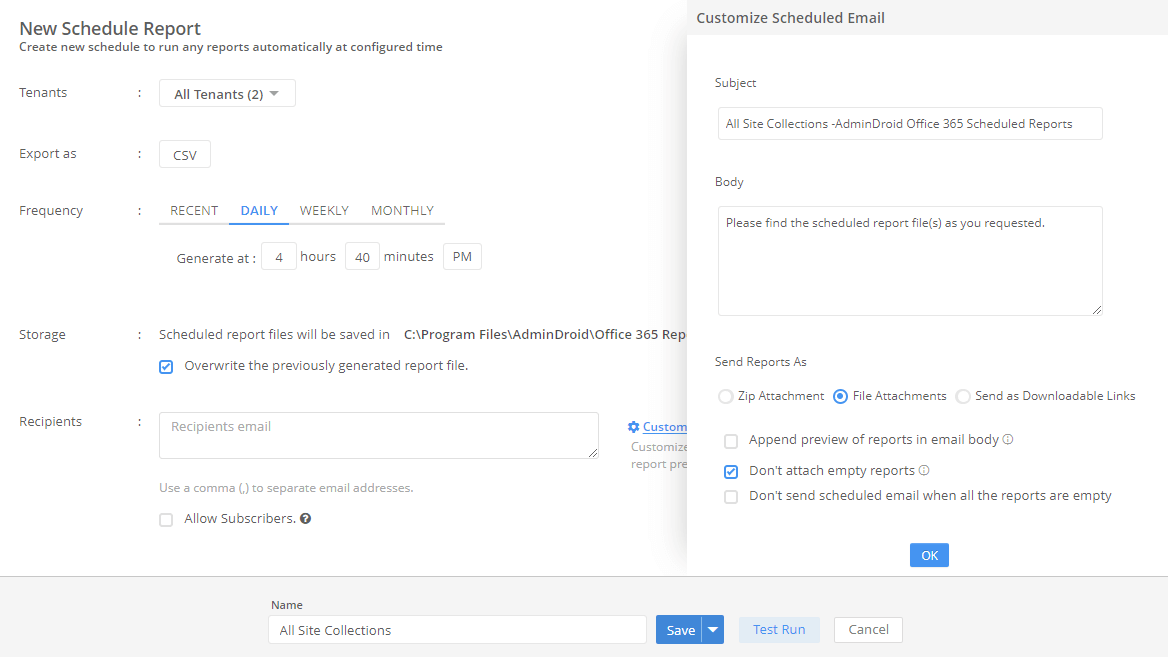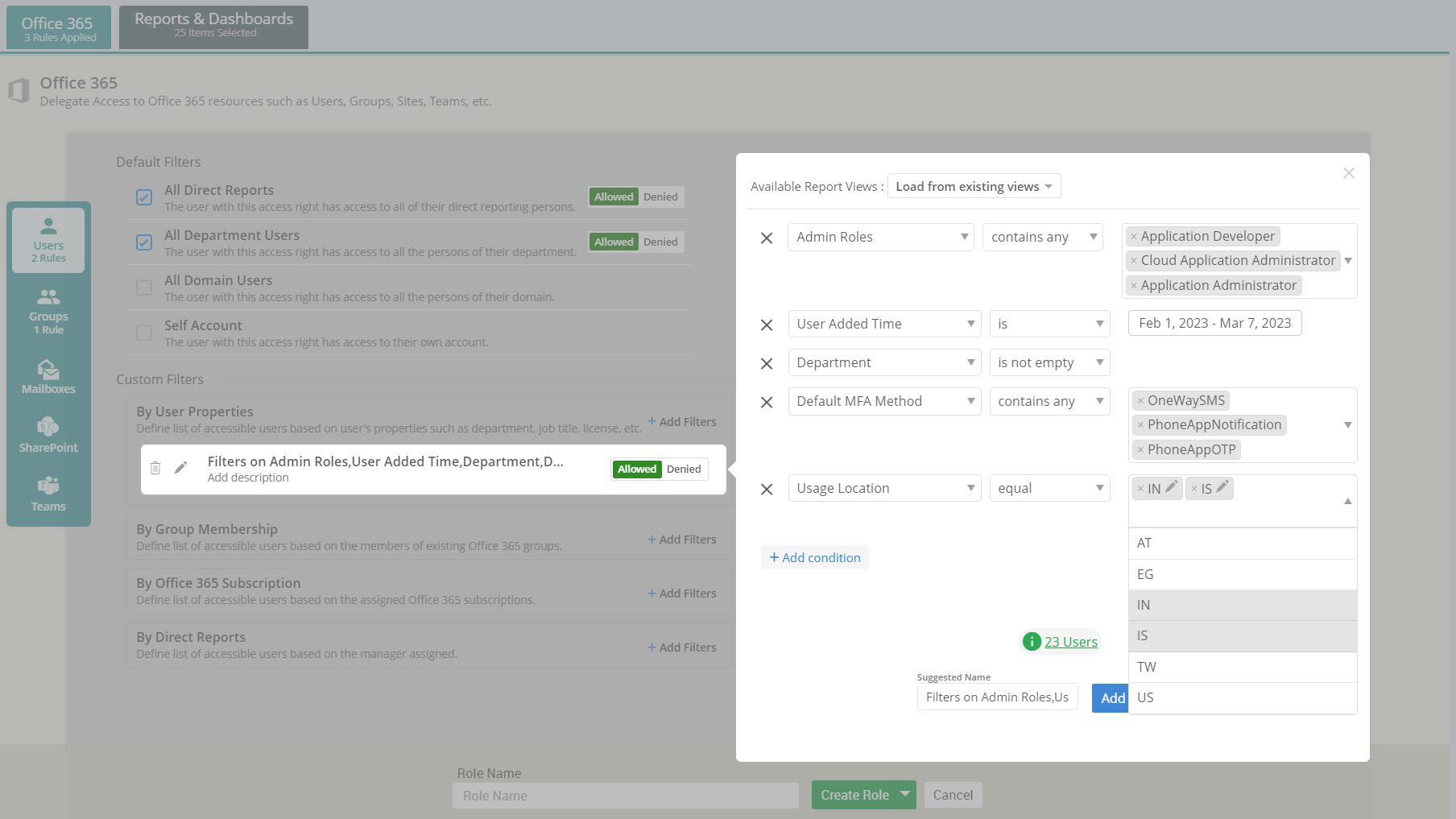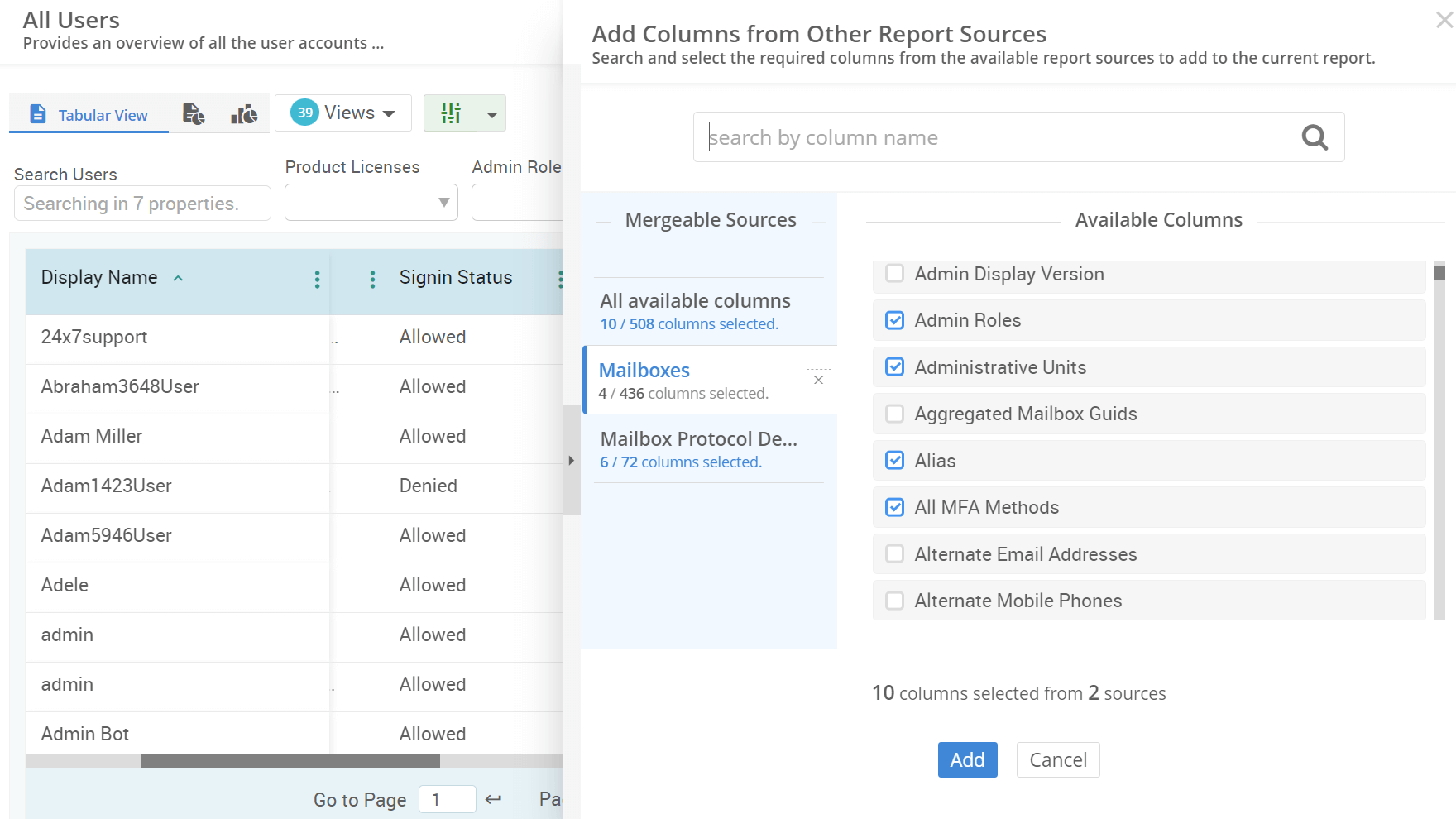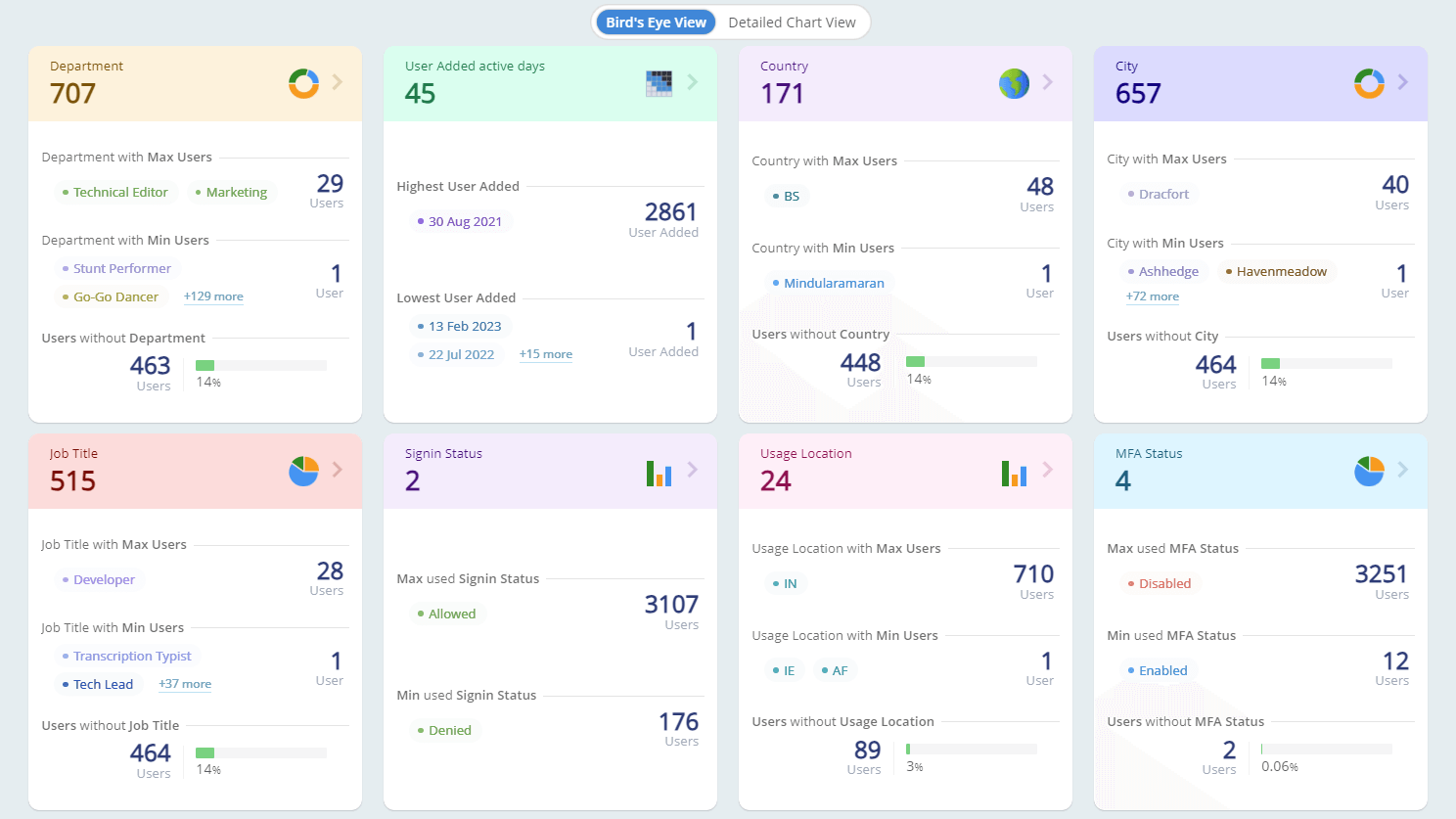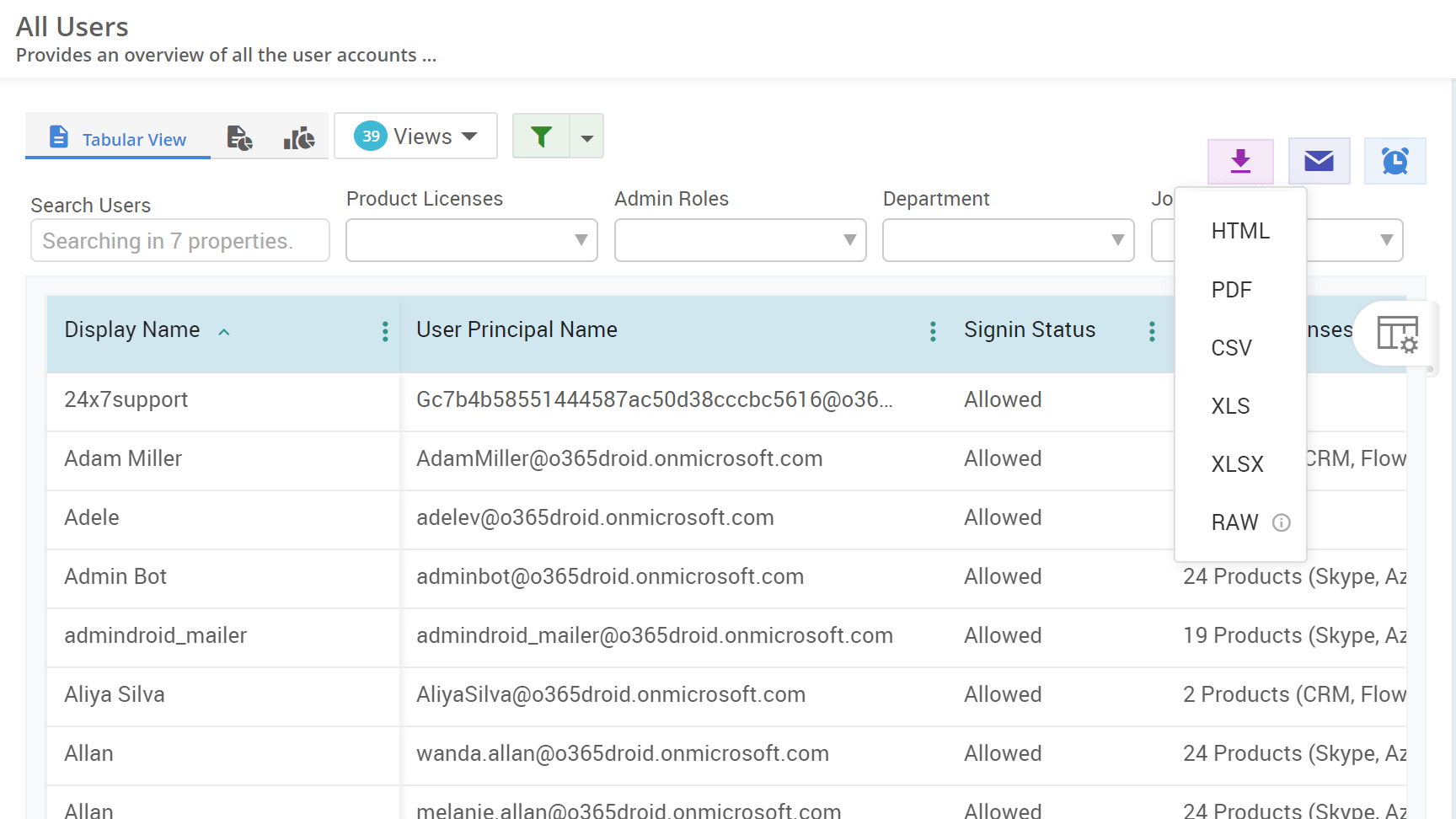How to Generate Conditional Access Policies Report in Microsoft Entra ID
Conditional Access in Microsoft Entra ID is a key to the zero-trust model, where every access attempt is verified, and trust is never assumed. However, even a slight misconfiguration in these policies can compromise your entire security framework. That's why it's crucial to monitor CA policies and changes in Microsoft 365 to ensure they are correctly configured and up to date. In this guide, you'll learn how to check Conditional Access policies in Entra ID to maintain a robust security posture.












